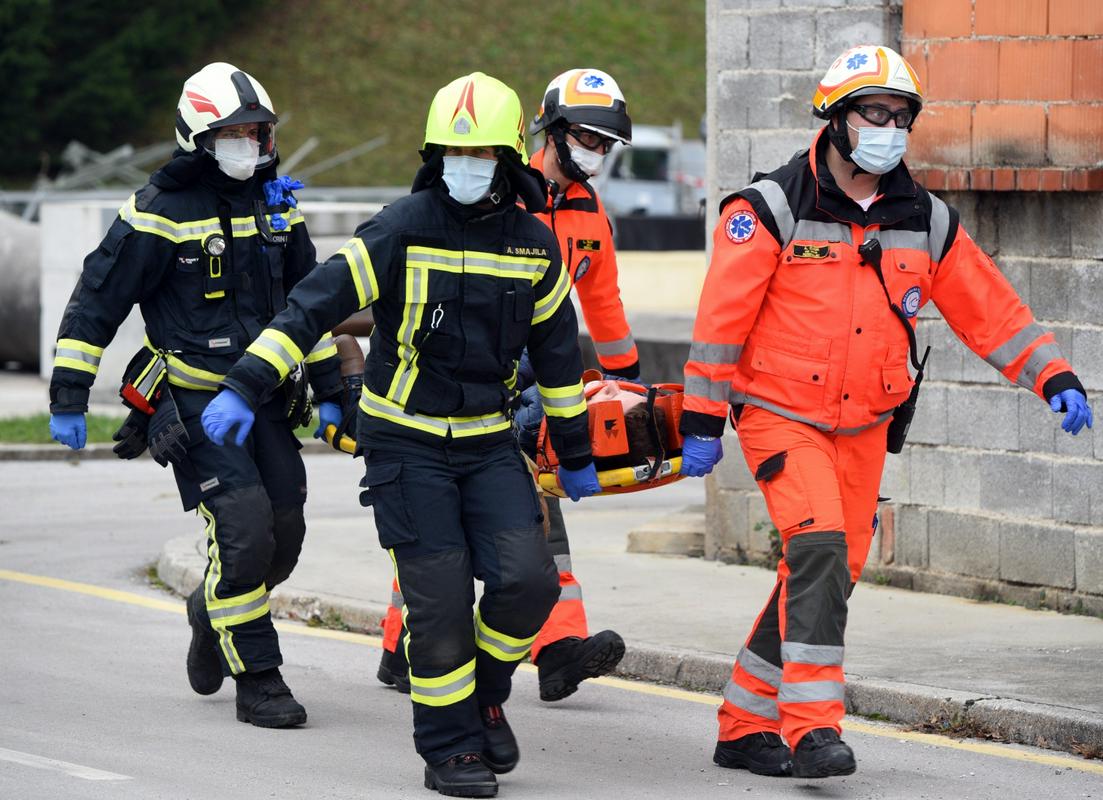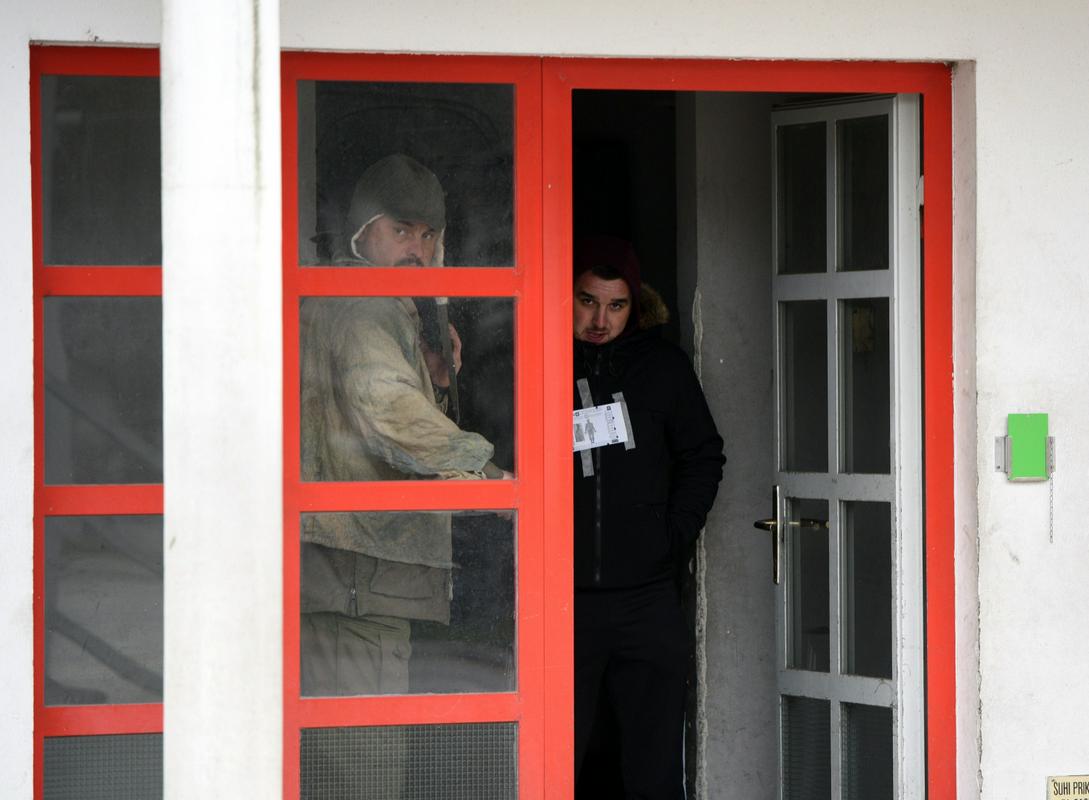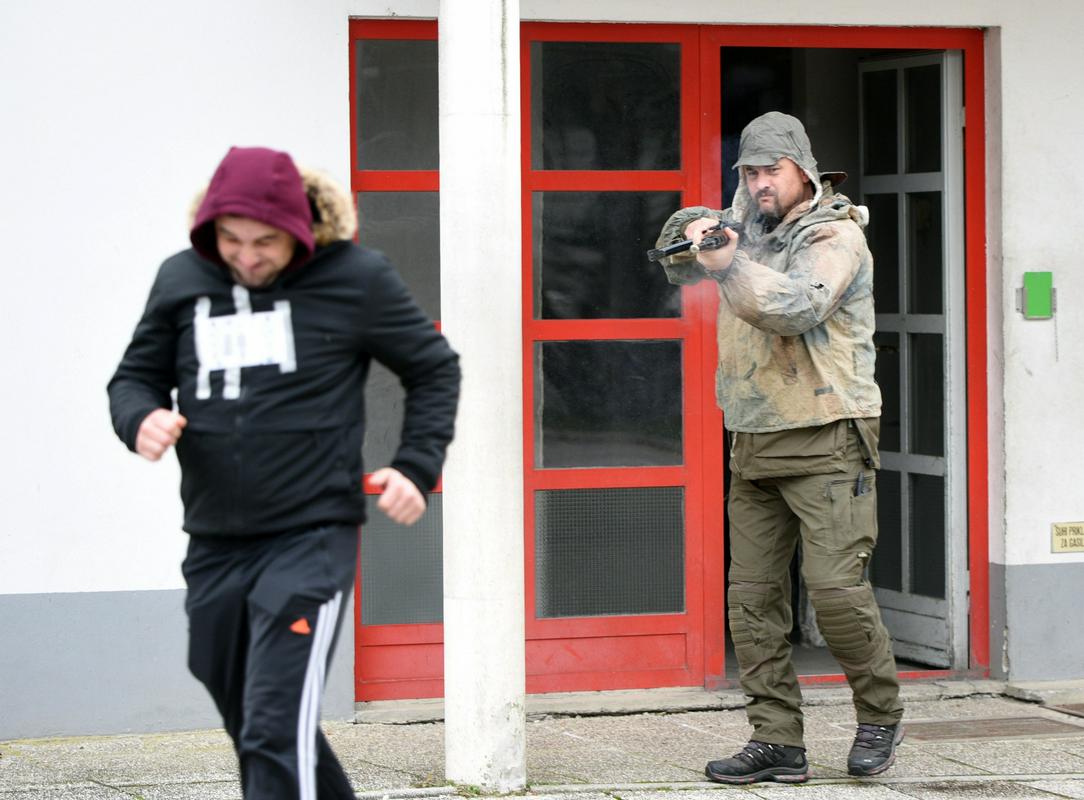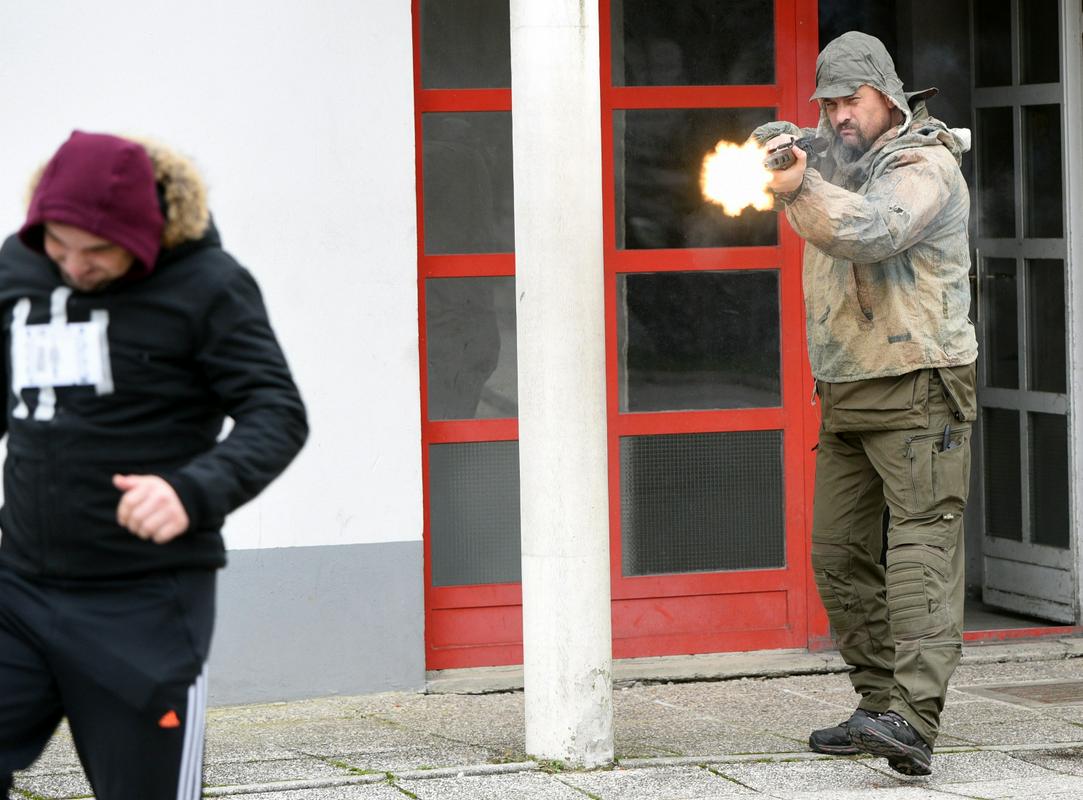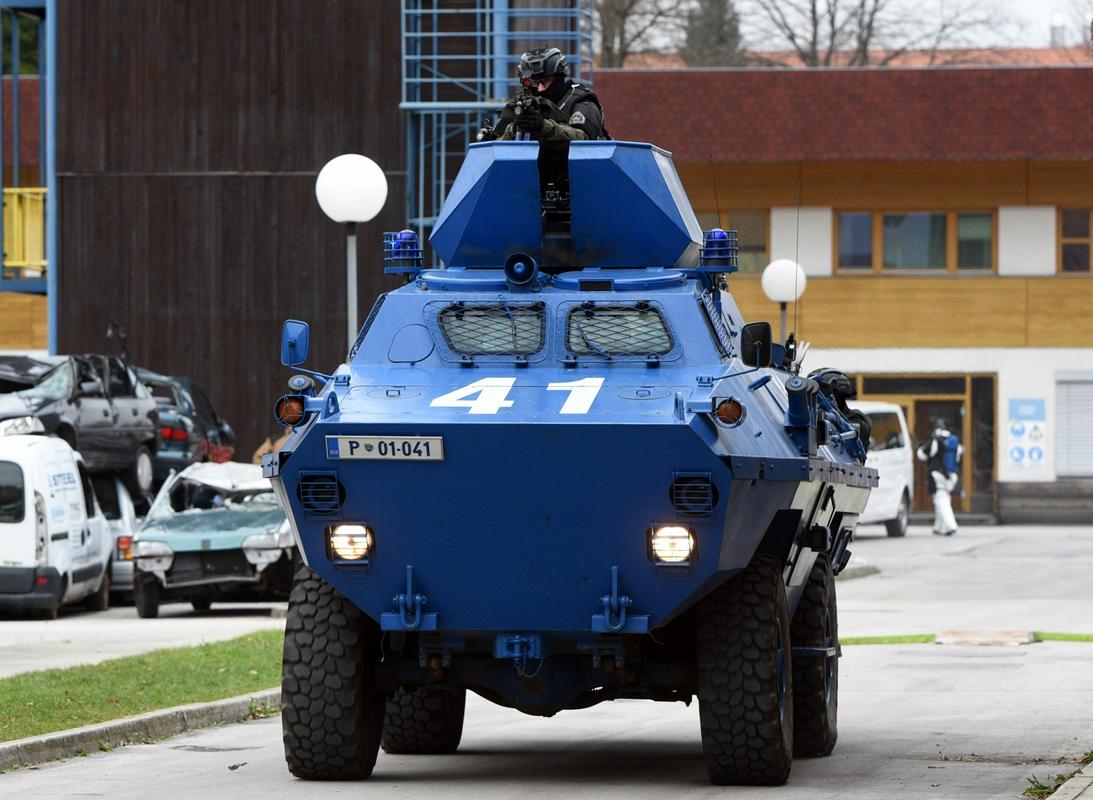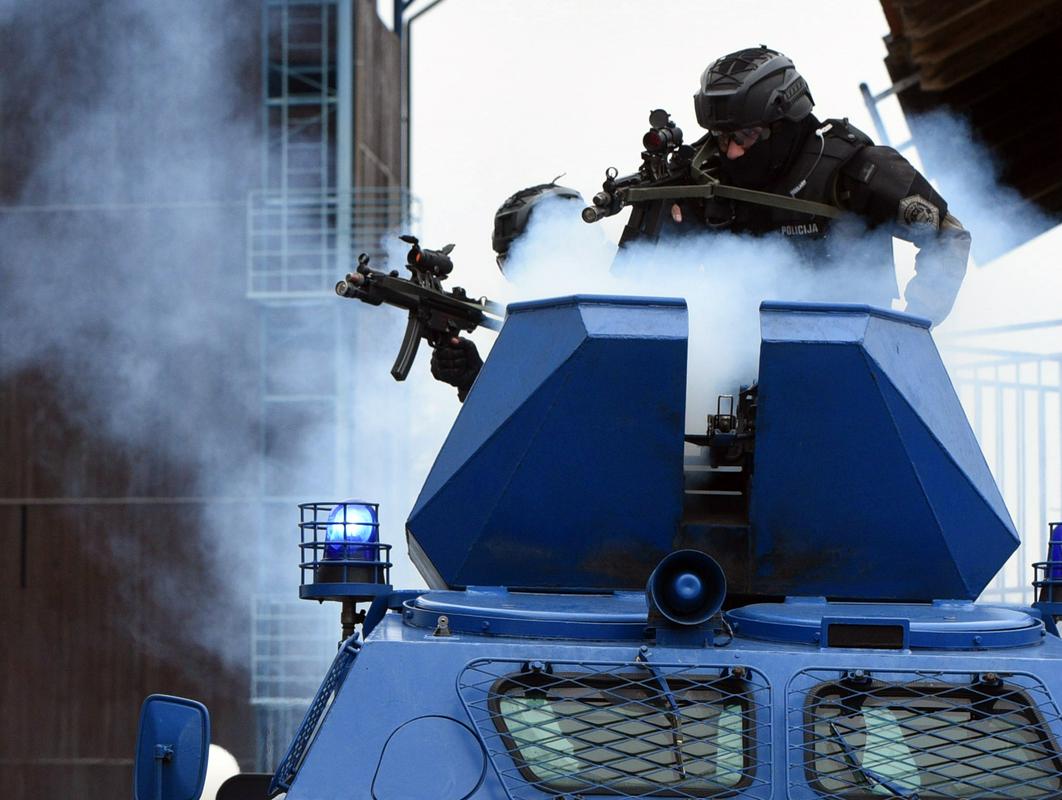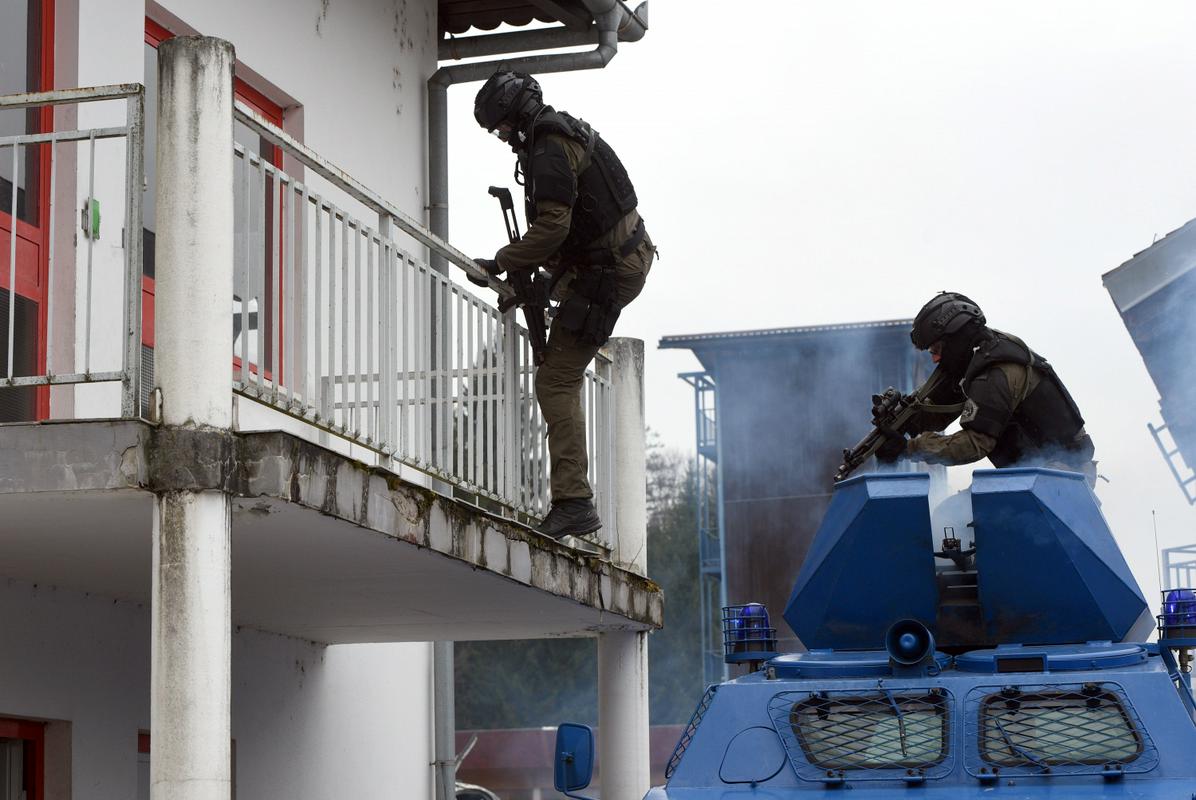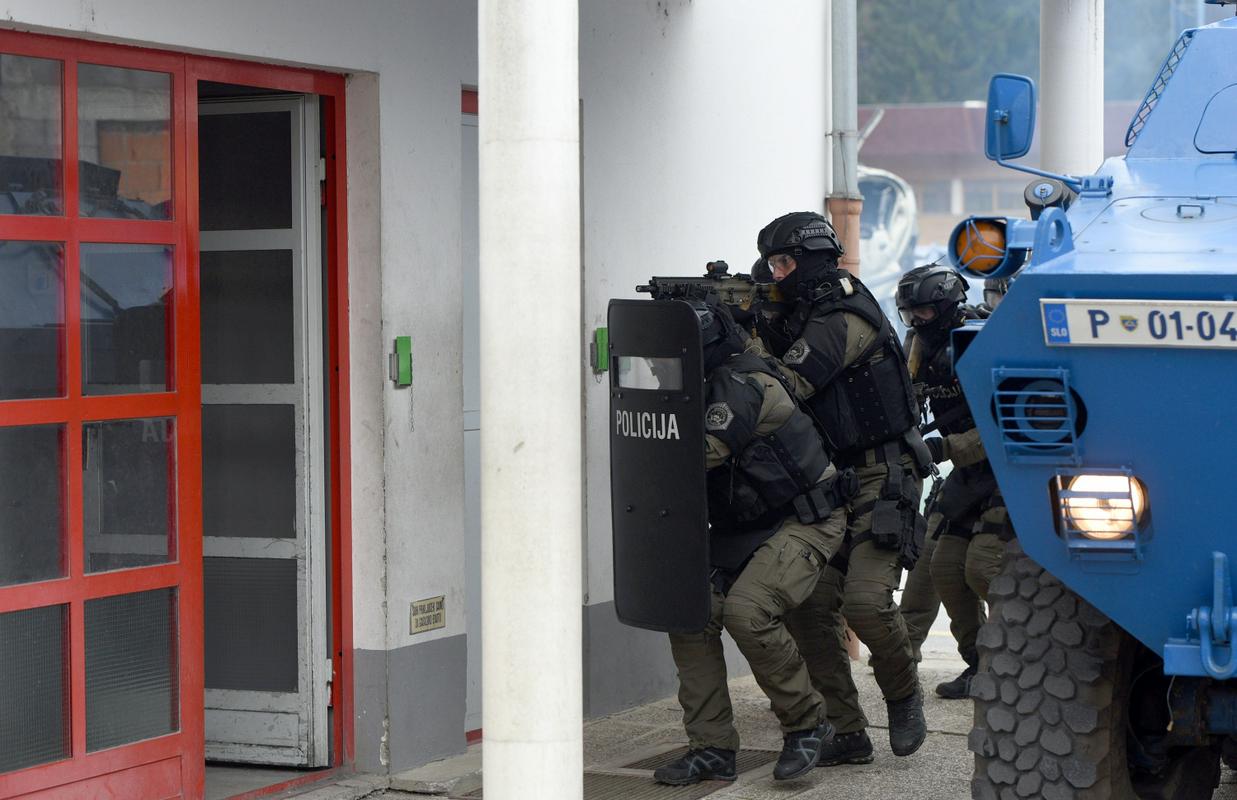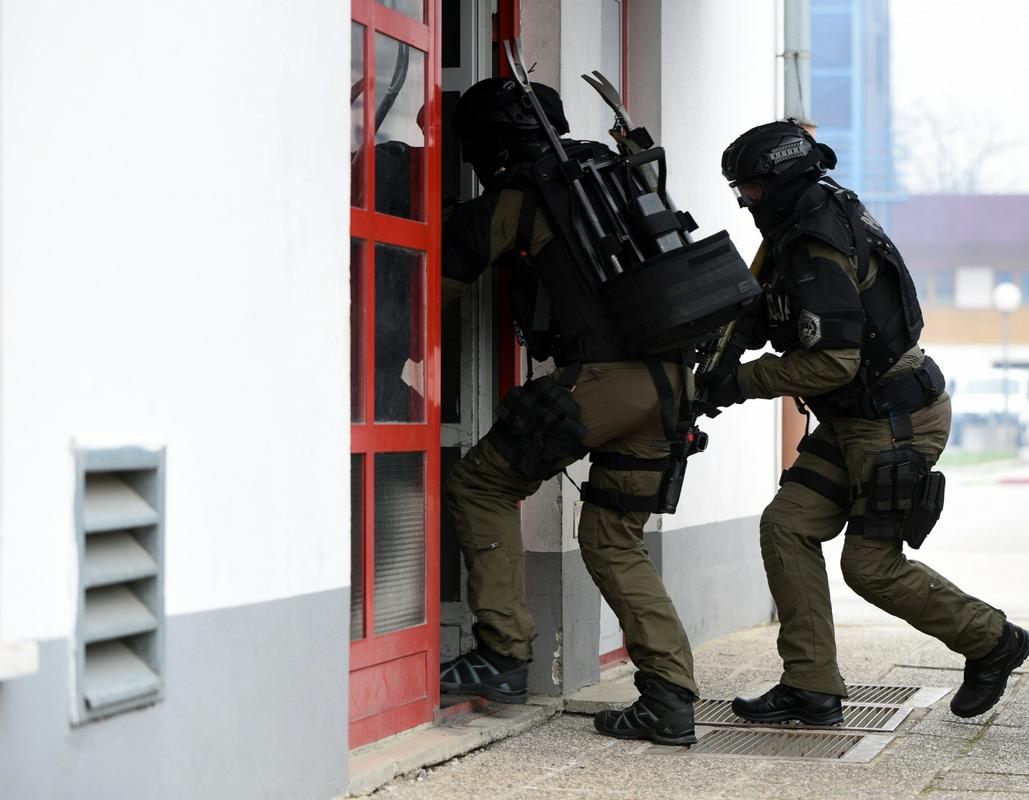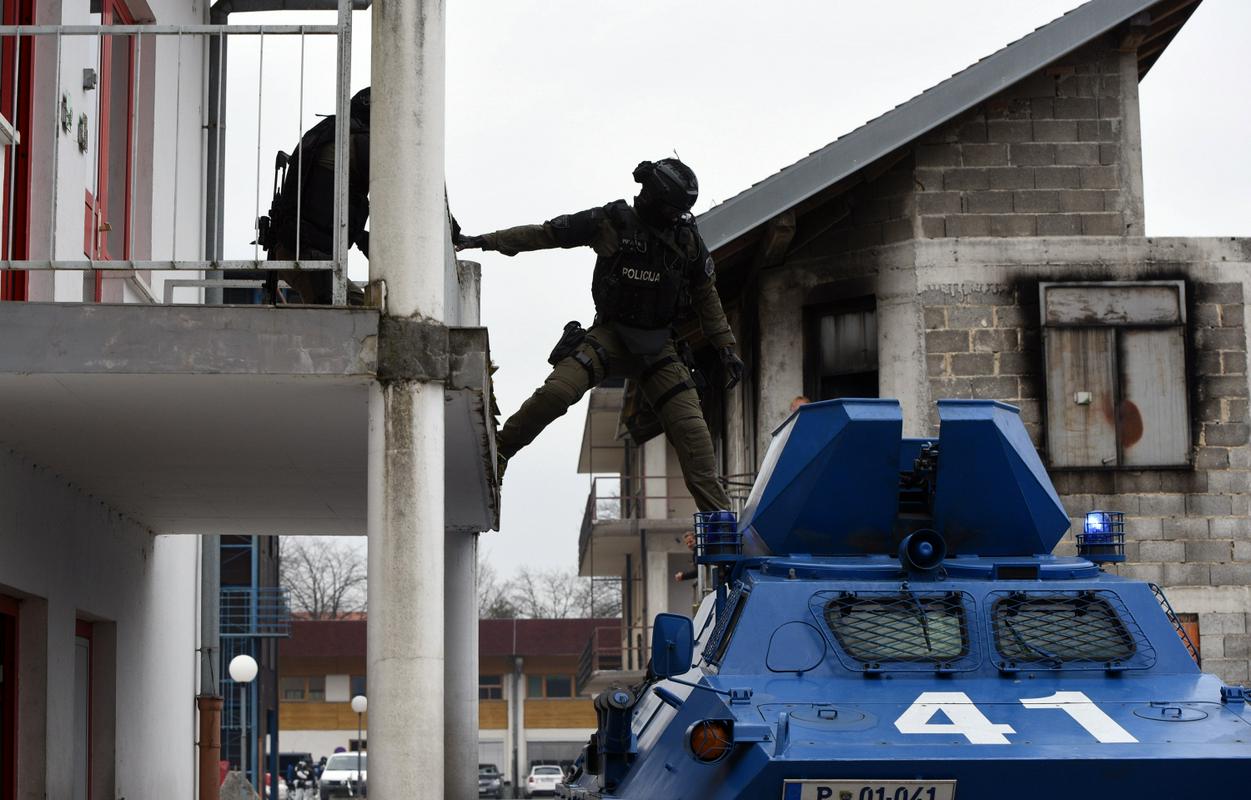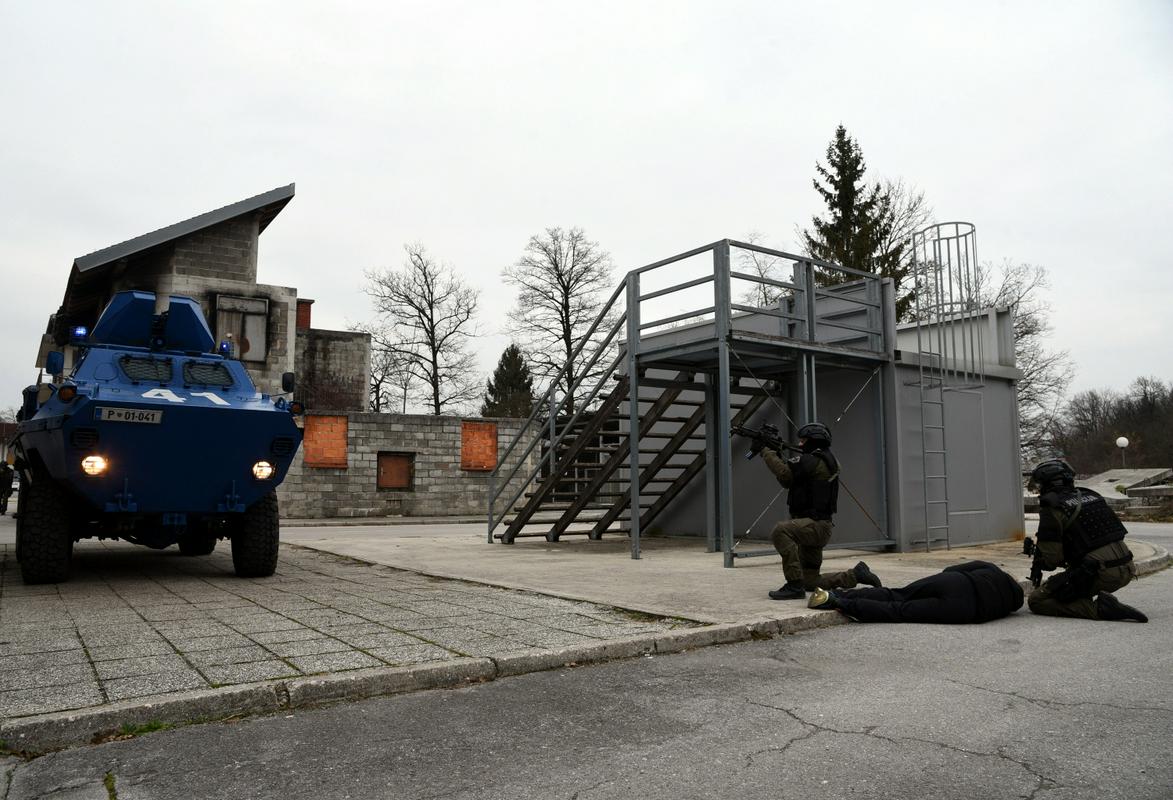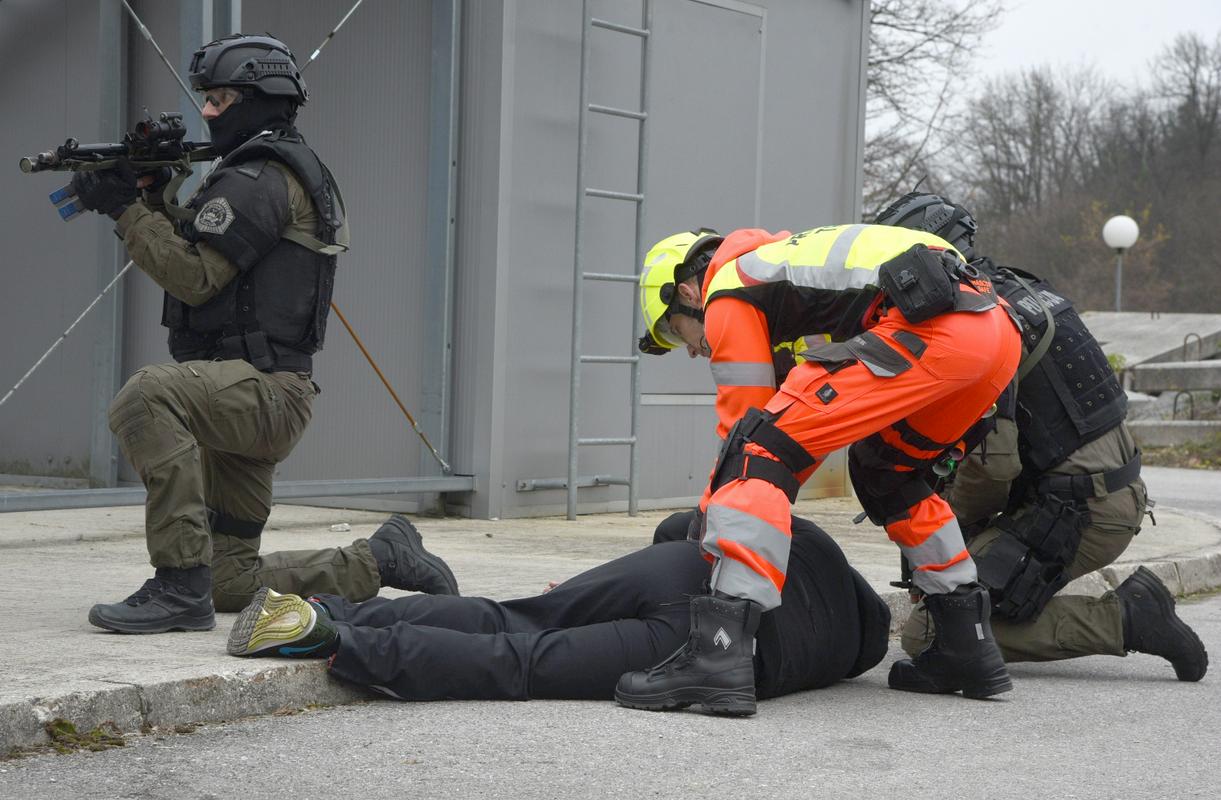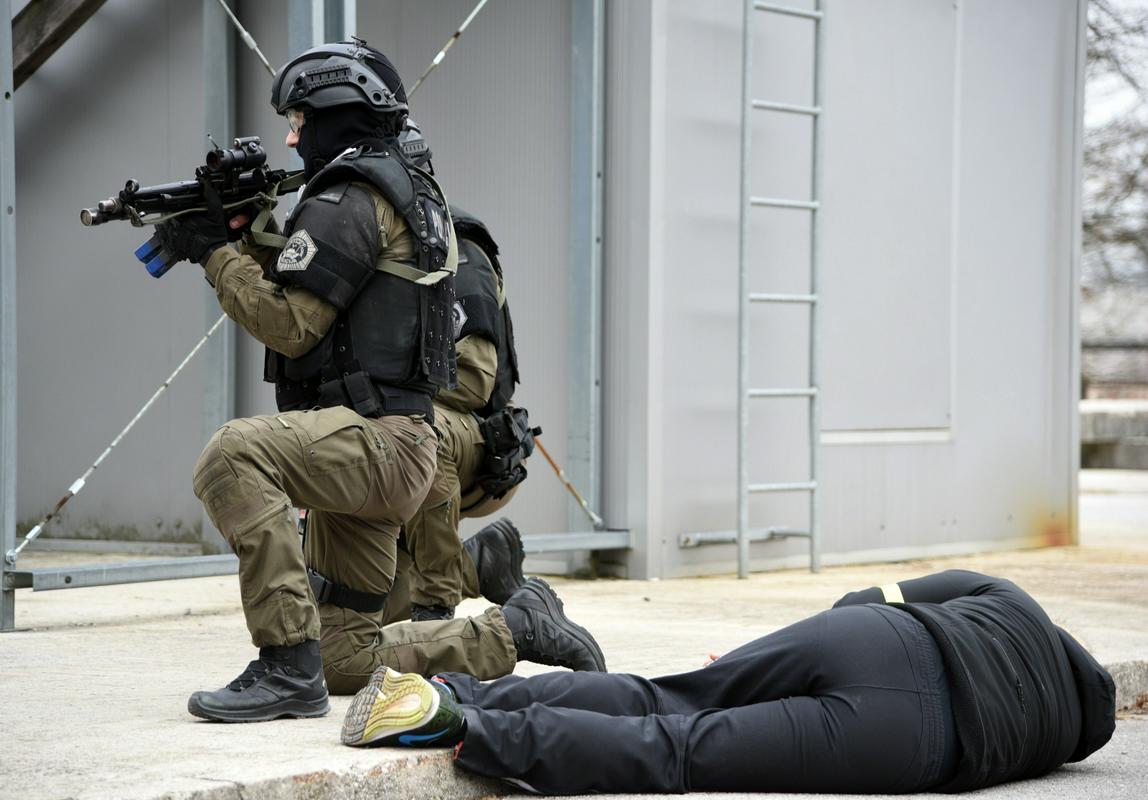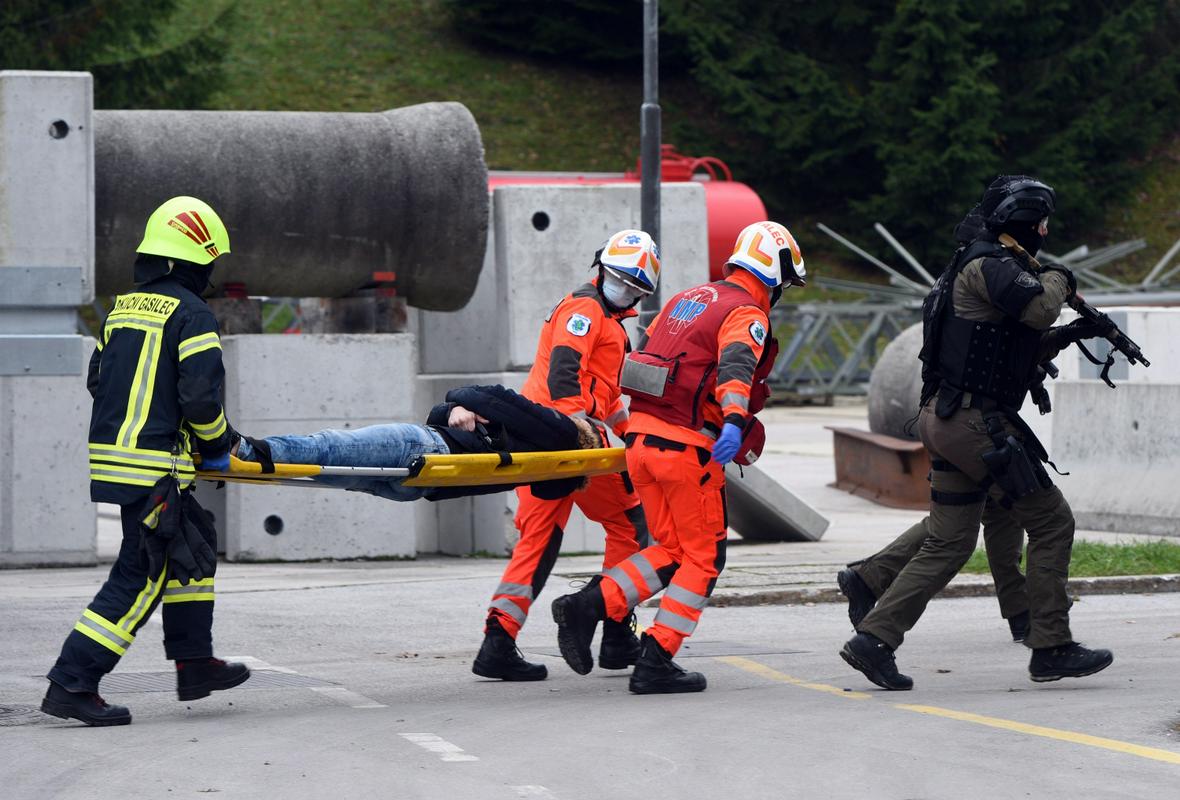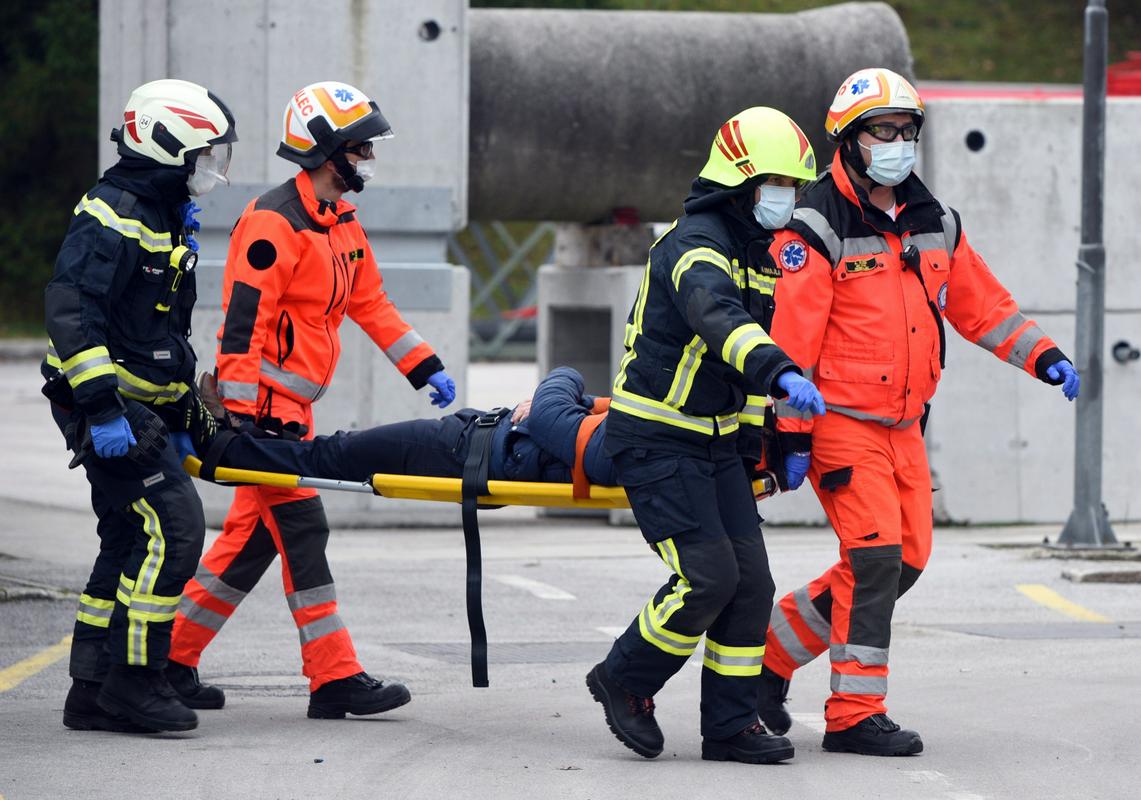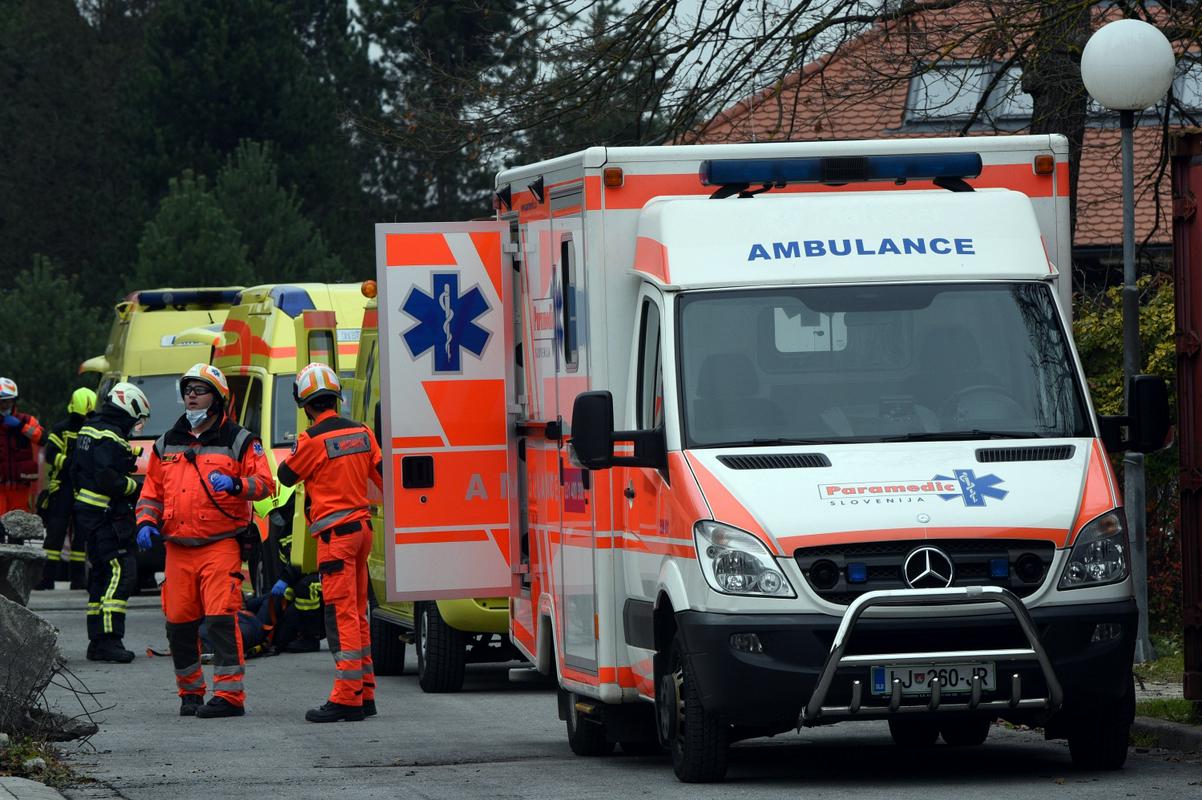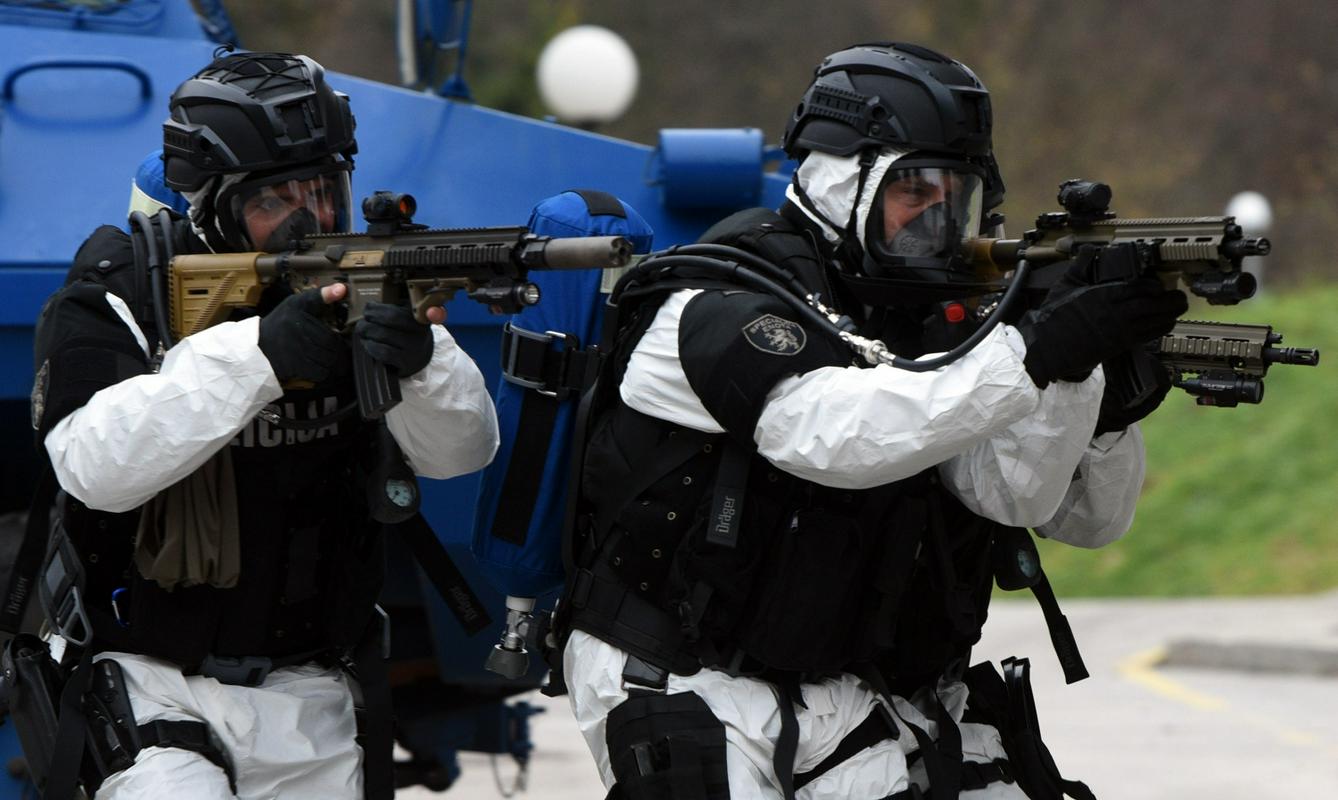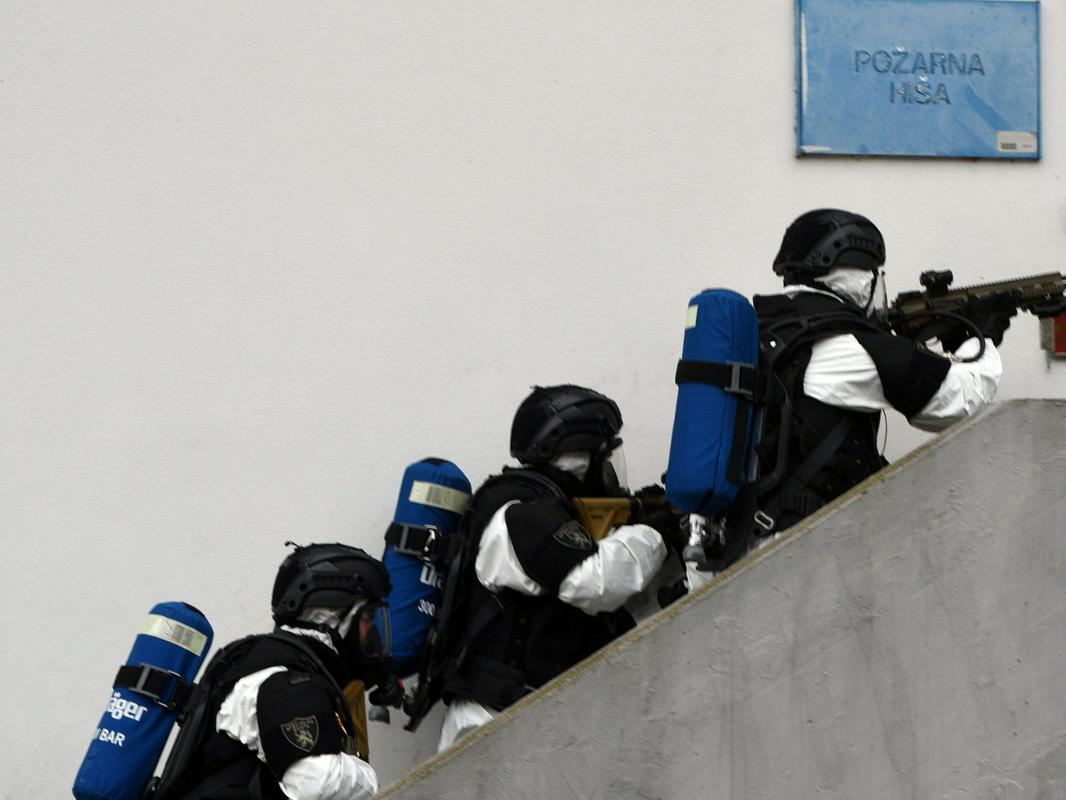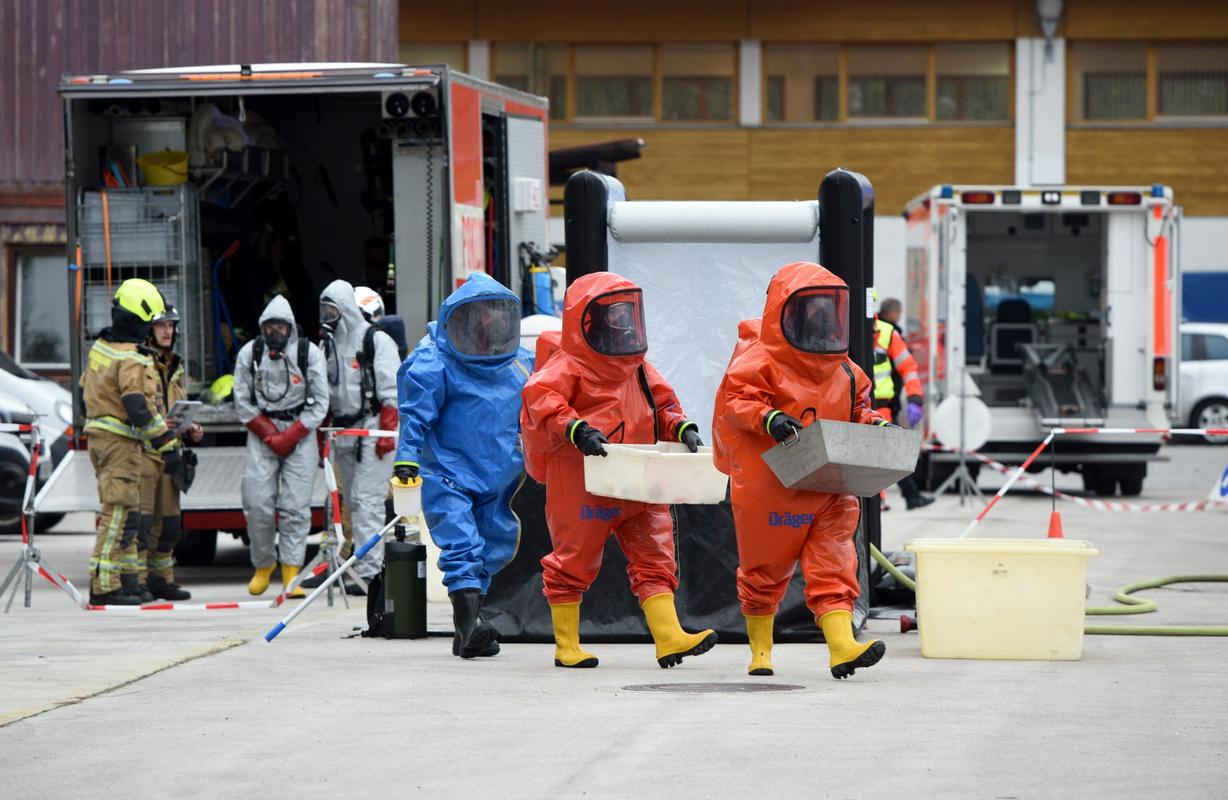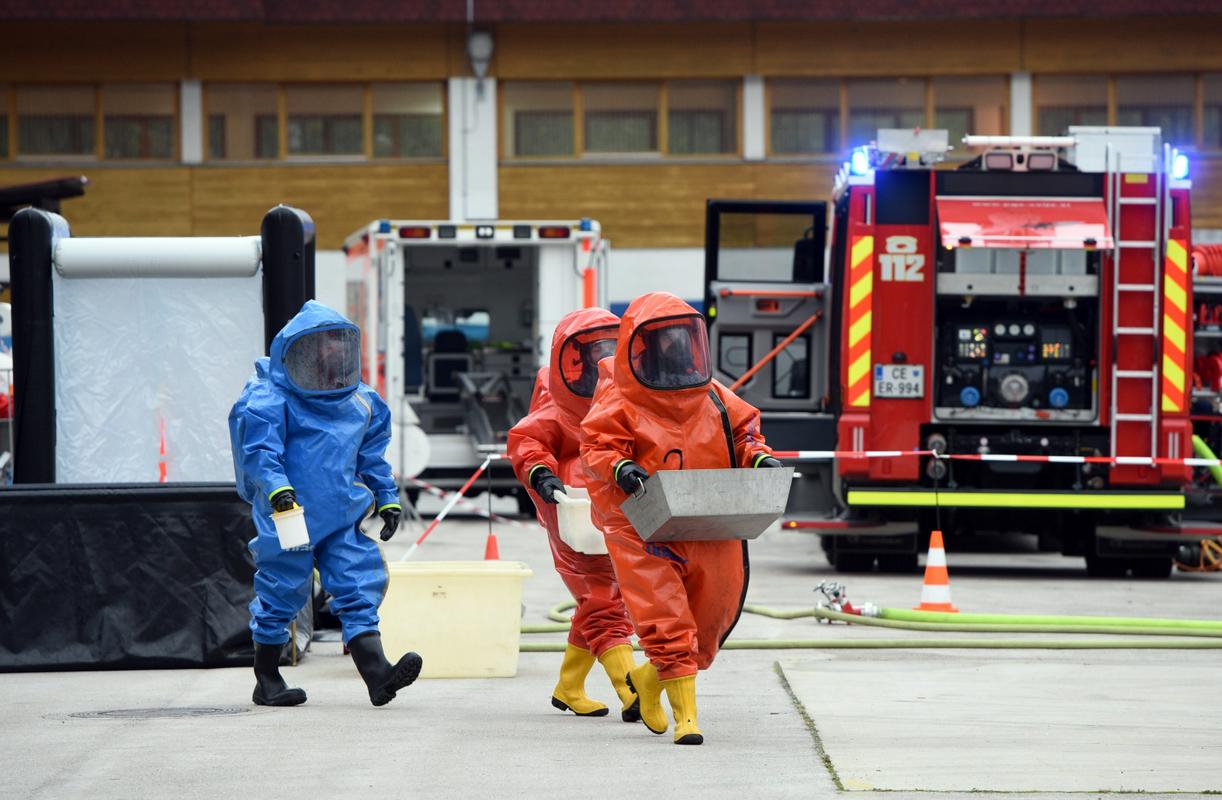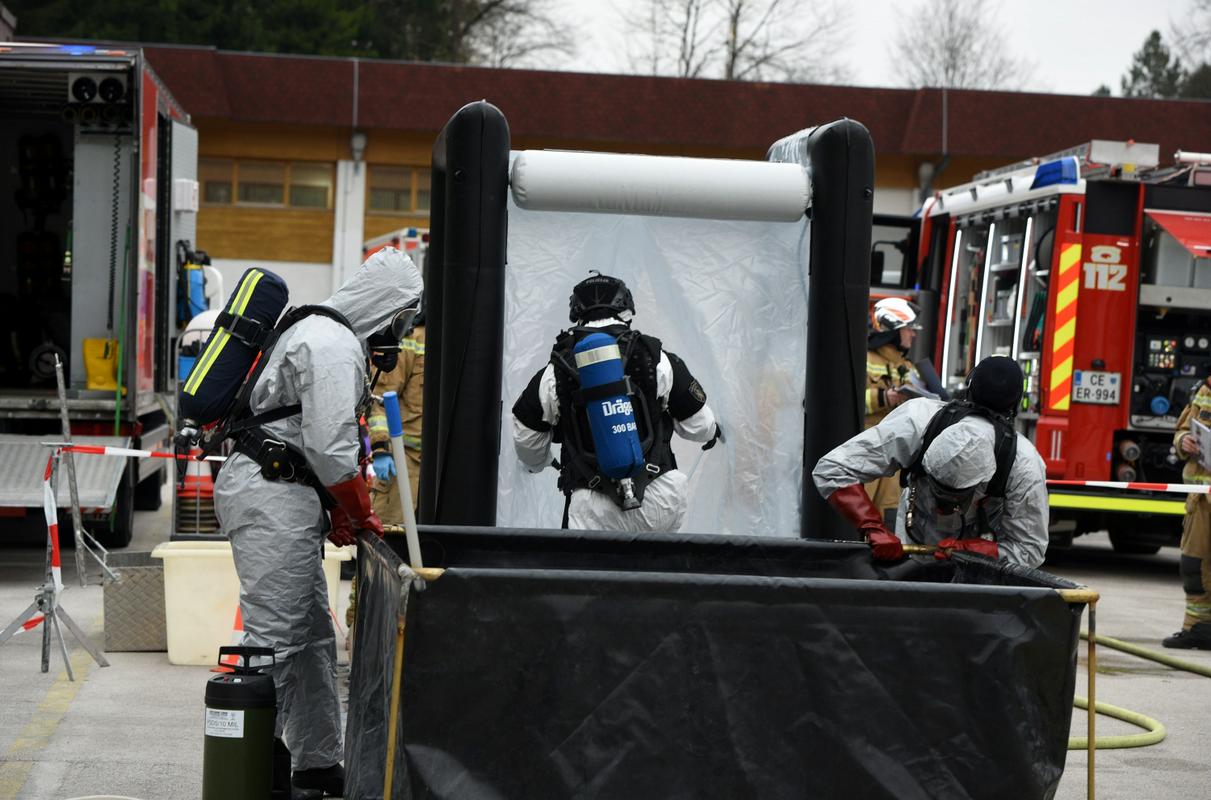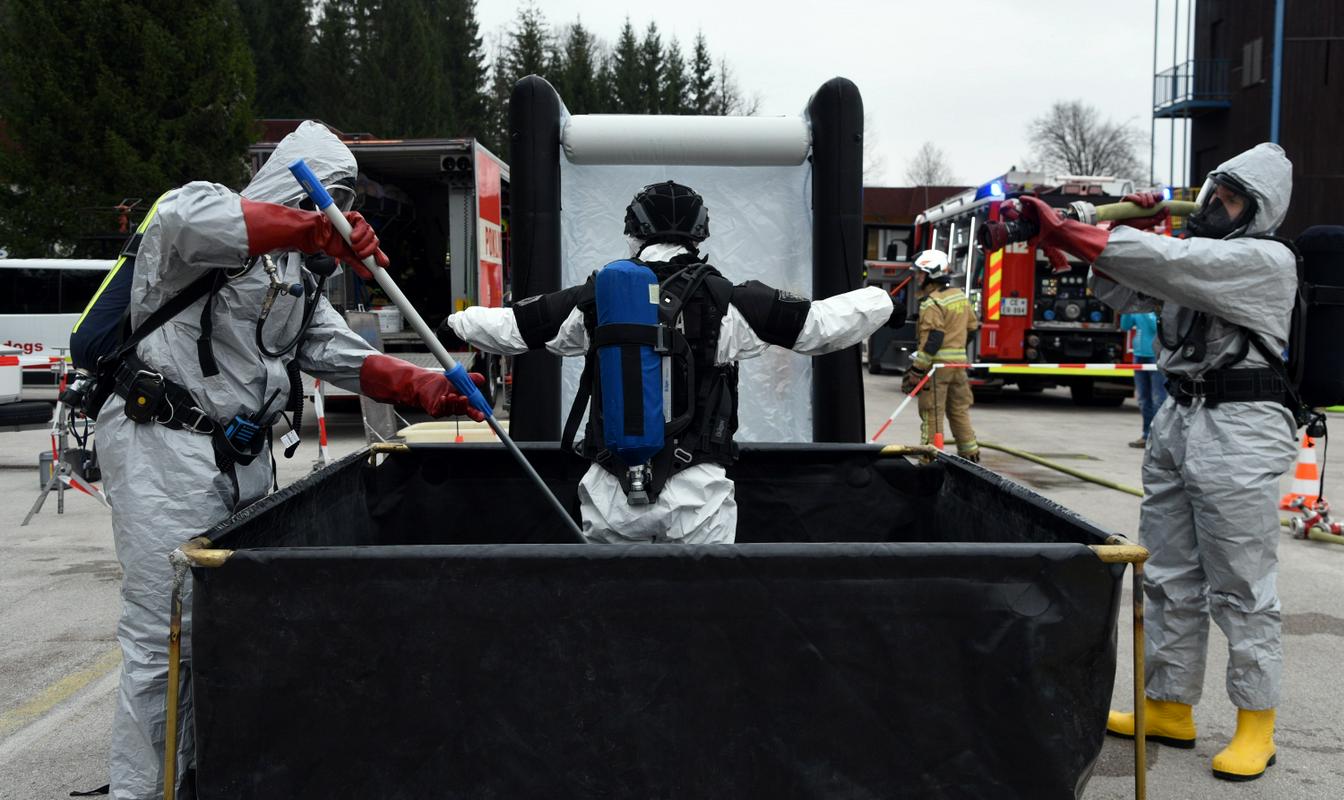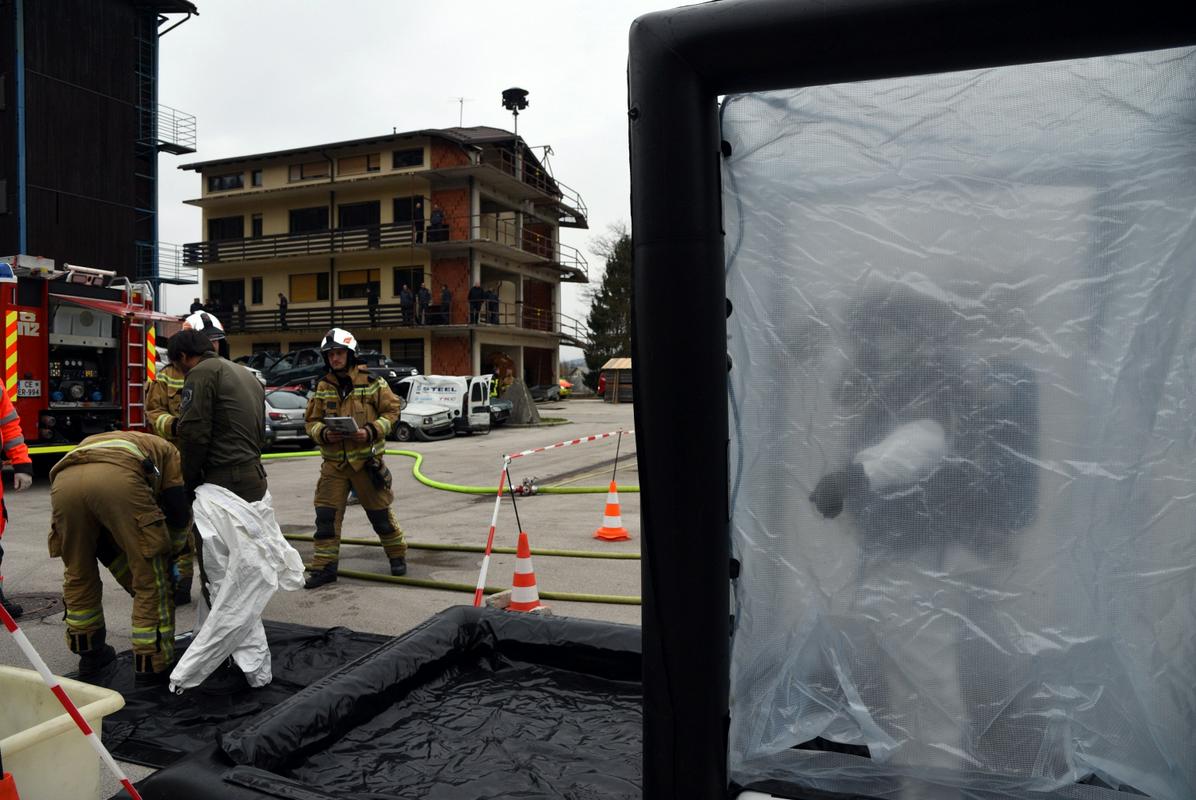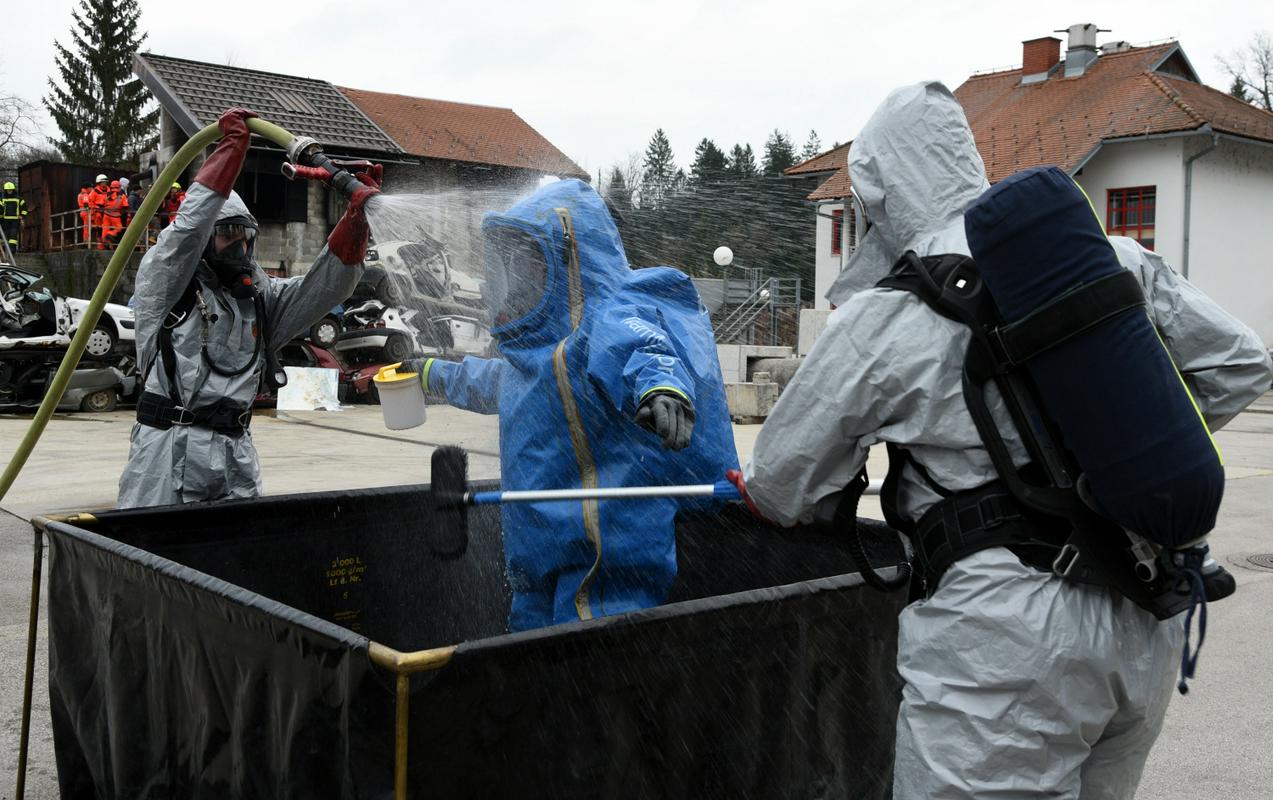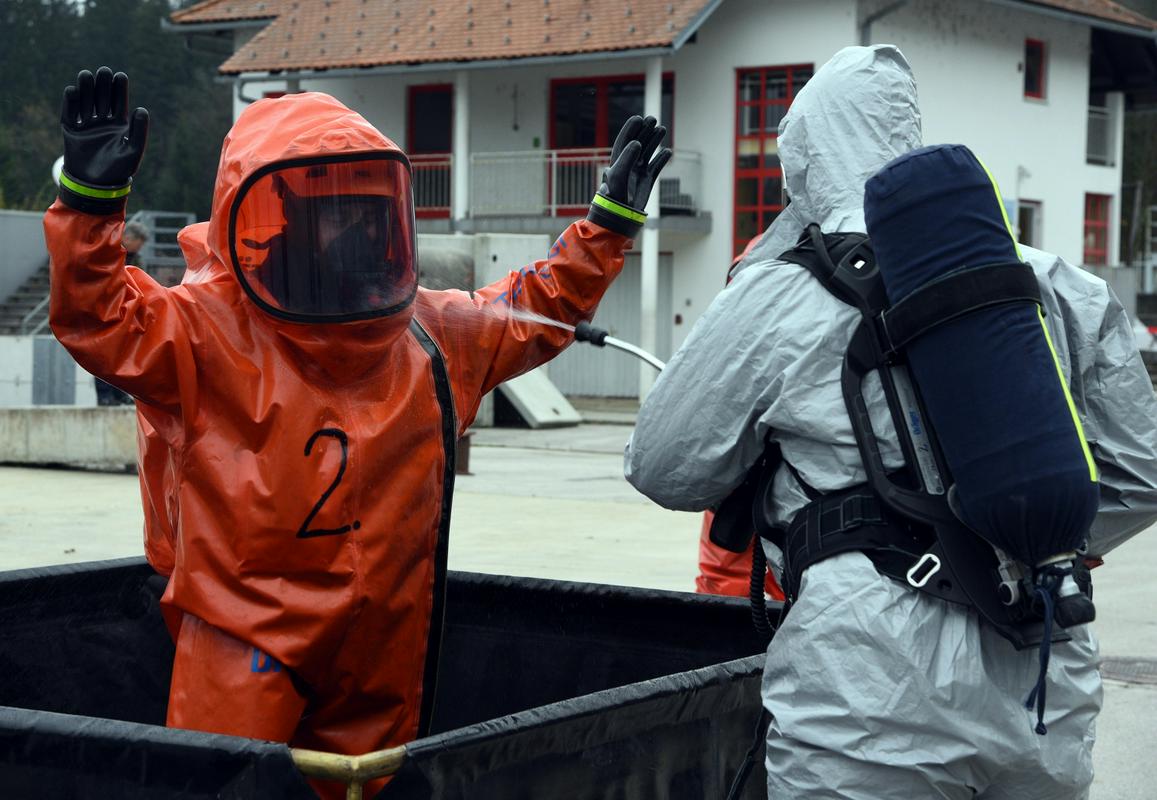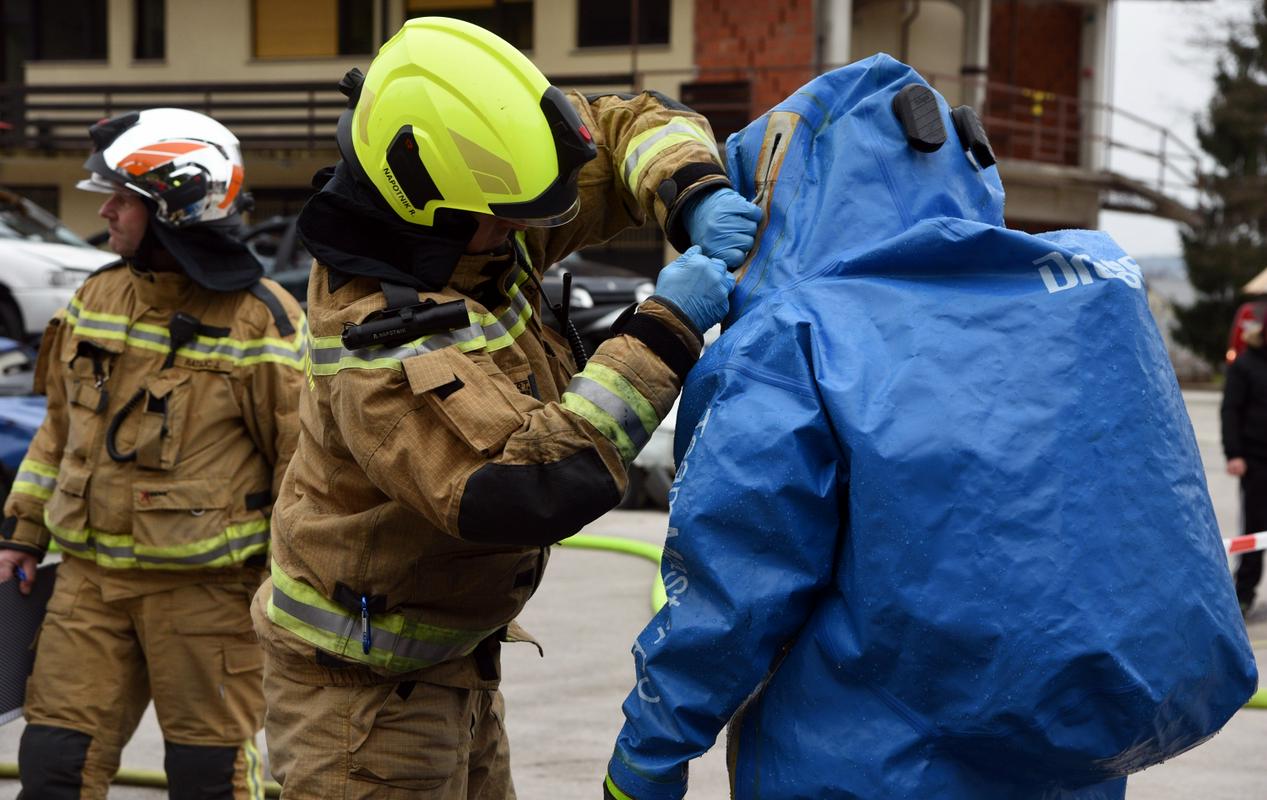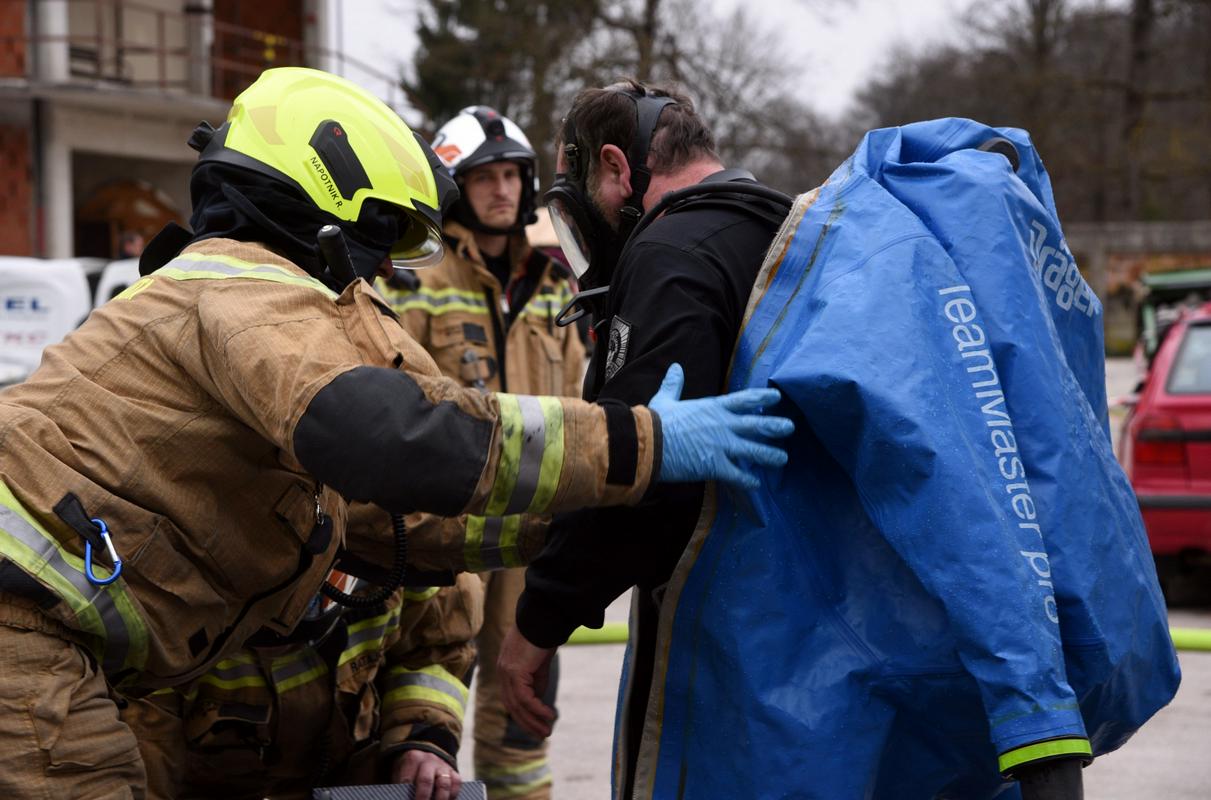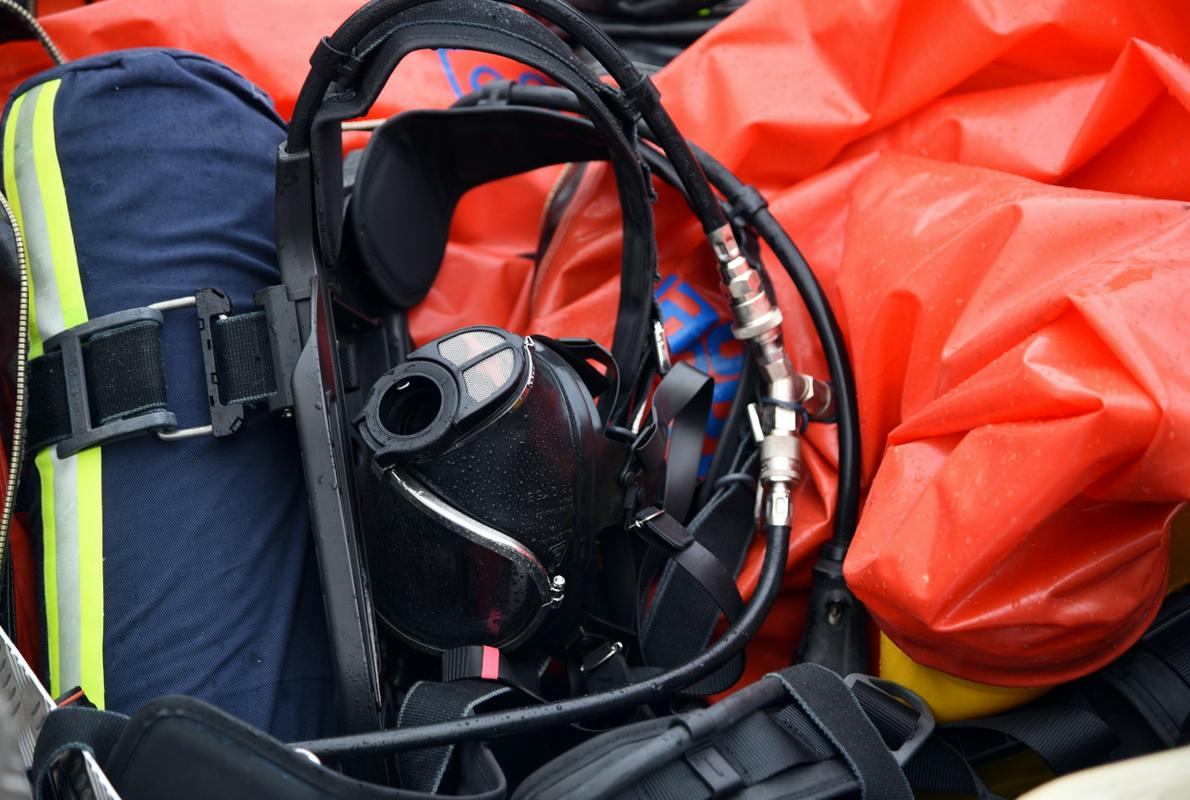
"Each emergency service unit has a plan of what to do in an emergency, but we don't have a joint plan," said Miran Korošak, head of the Slovenian Firefighters Association. Therefore, Slovenia's emergency services agreed to draw up a plan of what to do if a terrorist attack happens. "If a terrorist attack occurs, we need to know who's in charge of what – the police, the ambulance service, and the fire brigade. This area has been largely neglected so far. Yes, we do have a theoretical framework, but there has been very little in the way of practical training," said Korošak.
Terrorist attacks are part of our reality
The threat of a terrorist attack in Slovenia is real. This year, several terrorist attacks have happened in the European Union, e.g. in London, Manchester, Barcelona, Stockholm, and Turku.
Slovenia's terrorism response plan dates back to 2005
Thursday's meeting was attended by police, rescue and fire officials, as well as a number of civil protection officials. Research shared at the meeting showed that what Slovenia needs is an improved theoretical framework that can be easily applied in real-world situations. "Slovenia's terrorism response plan dates back to 2005, but today's reality is different," said Franci Petek of the Fire Association of Slovenia. He added that the Fire Association of Slovenia had limited experience with terrorist attacks, so it is still not completely clear who would be in charge of what if a terrorist attack happened.
"If a terrorist attack does happen, firefighters will do their job. We will deliver, there's no question about that, the only question is when. Another question is how do we overhaul Slovenia's outdated terrorism response plan and how do we improve the safety of firefighters," said Petek, stressing that firefighters need personal protective equipment designed to shield them from various hazards. Slovenia's fire emergency units have 44 radiation detectors, 61 electronic radiation dosimeters, personal thermoluminescent dosimeters, and 6 mobile decontamination stations. Petek highlighted the fact that French firefighters have medical units and special hazard units. They also wear safety vests and bulletproof vests. "And above all, they always know who's in charge of what. Their regulations are very specific about that," said Petek, adding that in France, first aid units are under the command of a chief fire officer. "I don't know who would command them in Slovenia," said Petek.
Slovenia has three types of rescue units that are deployed after a terrorist attack. Immediate response units need to respond within 30 minutes (police units, emergency medical services, civil protection officials, fire emergency units, mobile laboratory units, the Institute for Microbiology, and the National Veterinary Institute). Other rescue units need to respond within 6 and/or 24 hours (or more).
Emergency response manuals for gun and knife attacks
However, Slovenian rescue teams do have experience with killing sprees. During an emergency situation, time is of the essence, but when a person goes on a killing spree, rescue teams need to wait for instructions from the Operations and Communications Centre; the rescue teams need to know whether they should turn on the siren, what route they should take, should communication be verbal or non-verbal, etc.
Civil Protection commander Srečko Šestan also agrees that Slovenia's terrorism response plan needs an overhaul. However, he stressed that changes to Slovenia's terrorism response plan will be adopted in 2018. Šestan believes that Slovenia needs emergency response manuals for "minor" incidents. The country already has a response manual for anthrax attacks – it took less than two weeks to develop it – but he also stressed that Slovenia needs emergency response manuals for gun, knife and vehicle attacks. "Unfortunately, we live in a world in which anything can happen, so we need to be prepared for all scenarios," said Šestan.
Dirty bombs and taking hostages
The participants of the meeting also took part in a simulation of a terrorist attack. For the first time ever in Slovenia, the simulation showed who is in charge of what when a terrorist attack occurs. The scenario involved a terrorist cell that wanted to detonate a bomb in an apartment. While the would-be terrorists were trying to set up the bomb, it partially detonated. The neighbours heard the blast and alerted the police. Then, the terrorists took hostages and started shooting at the oncoming police officers. That was a sign for a special police unit to intervene and neutralize the terrorists. The special police unit also inspected the building and found several injured civilians. Lastly, emergency medical units performed triage on the spot and evacuated the injured civilians.
"The purpose of the simulation was to show how to coordinate emergency operations," said Matej Mazič of the Emergency Medical Services. "The preparations took a long time, but the whole thing was definitely worth it," he added. "We don't prevent attacks from happening, we respond to them after they happen," the emergency services said, adding: "Our job was not to read the plan and follow it to a T. Our job was to communicate and learn who's in charge of what."




















































